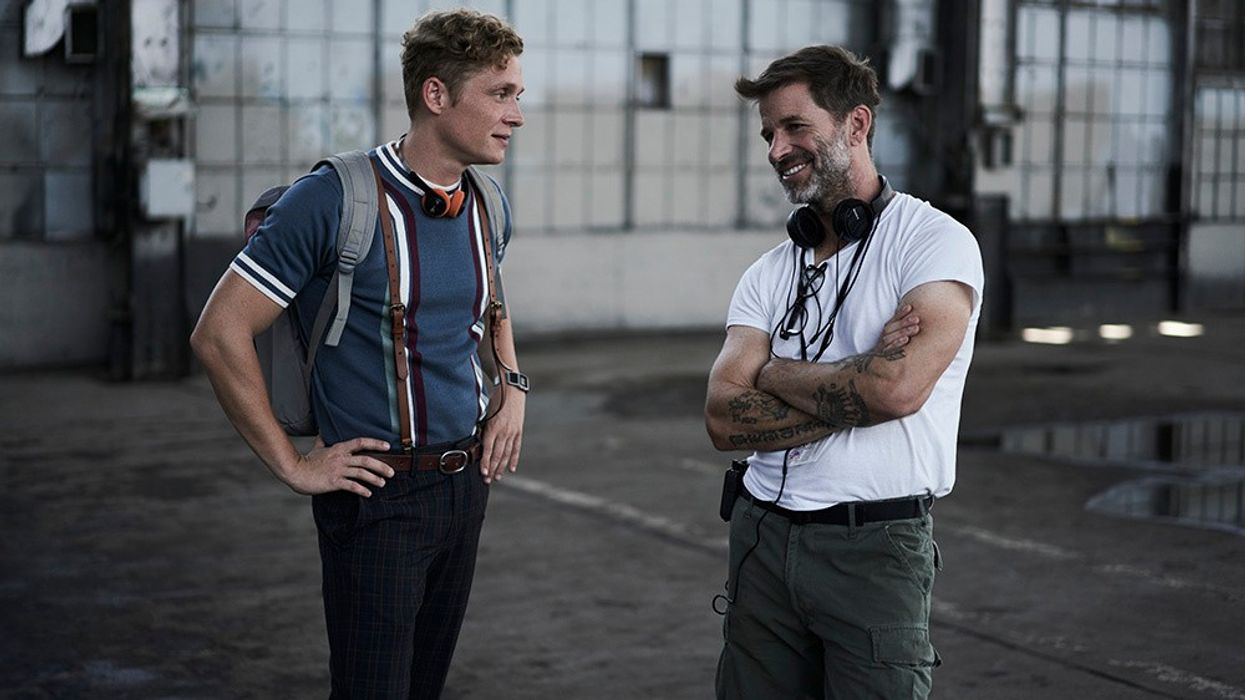Zack Snyder Breaks Down 'Army of the Dead' and Discusses the Movie's Soft Focus
There's a lot besides money in that safe.

Zack Snyder has had quite the year. After finally getting to release his version of the Justice League, he's returned to the genre that launched his career, with Netflix's Army of the Dead.
After a tumultuous last few years mired by personal and professional tragedy, he seems reinvigorated and reenergized to get back into filmmaking,
Army of the Dead released this past week to a huge presence on social media, although we have no idea who watched on Netflix, since those metrics don't get released. The movie did a limited theatrical run as well, but we don't have exact numbers in on that.
Still, an informal poll shows that millions tuned in, so with that in mind, we thought it was a good idea to get to the bottom of how Snyder directed this new take on the zombie apocalypse and see what nuance he put into creating the heist scene.
Check out this video from Vanity Fair, and let's talk after.
Zack Snyder Breaks Down the Army of the Dead Heist
When Zack Snyder signed on to do a postmodern take on a zombie film, he was excited for what he was getting into. Though I doubt he would have foreseen the idea of shooting this partially during a worldwide pandemic, and then having to replace one of his lead actors with someone else via CGI.
In this video from Vanity Fair, we see Snyder break down the warehouse scene where they discuss the mission and cut away to the different scenarios possible. This is a staple of the heist genre, and it's important to introduce us not only to the characters but also to see the fun and games of the mission.
A fun fact? Even though the movie takes place in Vegas, the casino they used for the design of the heist as well as the interiors were actually in Atlantic City. They did shoot outside on the strip on a backlot built especially for them.
In those scenes, Snyder mixed CGI with practical effects to layer what was on screen. Our eyes were drawn to what was happening close to the camera, so what was farther away seemed more real.
In each and every scene, actor Tig Notaro is digitally added to the movie, so Snyder not only had to shoot everything correctly once, but he then had to go back and do it again, matching her into the film.
The guns used by the actors are actually airsoft rifles or gas guns. They used them because instead of firing blanks, they fired air. Sure, you have to add in the flares and cartridges flying out in post, but the air firing means you can get super close with the camera, and don't need any added safety protection from the blanks.
Let's get to the depth of field, which had everyone talking online. Snyder says that by reducing the depth of field, you're always isolating people and bringing them into narrow view. That makes the movie feel claustrophobic, even though you're outside. It's also beautiful and creamy to look at. The cinematography was definitely a hot-button issue, but I do think his intent is clear and realized.
I'm interested in hearing what you think as well. Let me know in the comments!
Source: Vanity Fair











